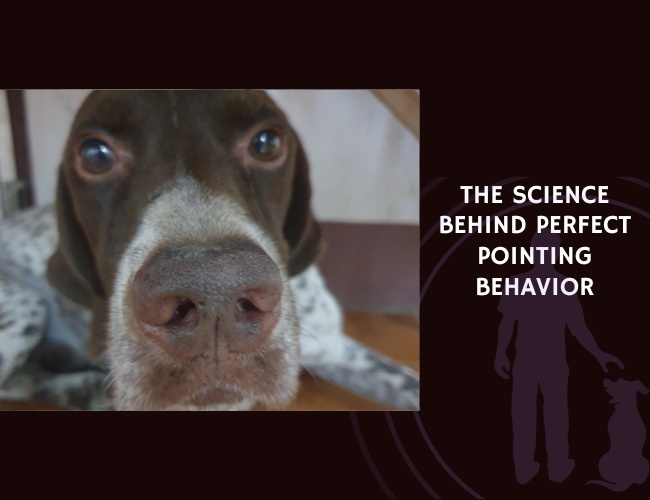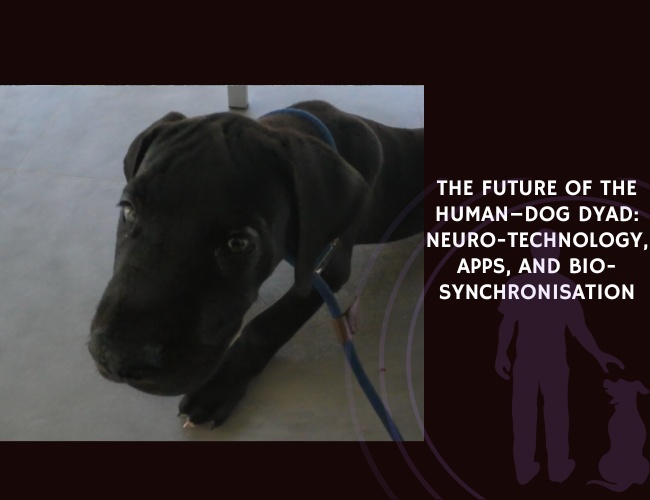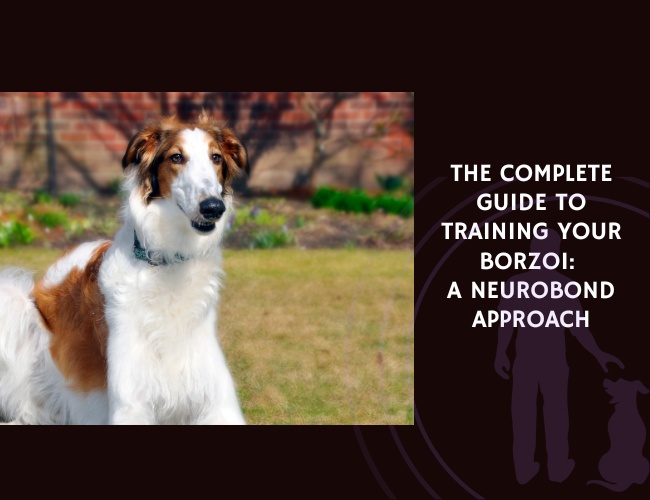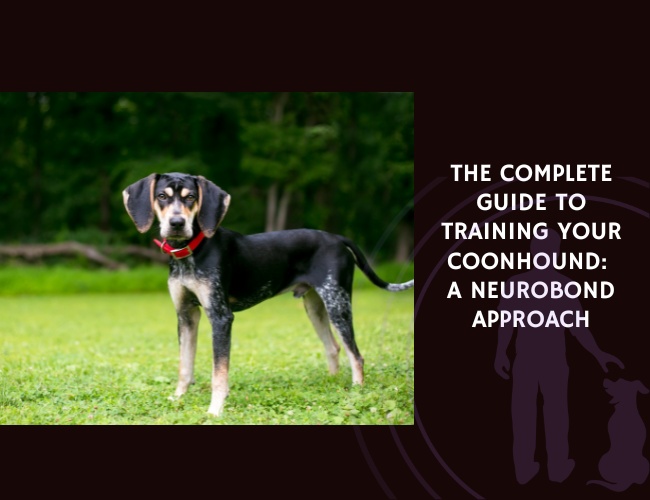Introduction to Pointing Behavior
Pointing behavior in hunting dogs is an essential trait highly valued by hunters and breeders alike. This behavior involves a dog intuitively pausing and indicating the presence of game birds by adopting a specific stance, typically with one paw raised and the nose pointing towards the prey. It’s almost as if the dog is frozen in a moment of intense focus, guiding the hunter to their quarry. Let’s dive into why this behavior is so crucial and explore the underlying genetics and historical significance of pointing behavior in hunting practices.
Definition and Importance of Pointing Behavior
The pointing behavior in hunting dogs is a distinct and innate trait that enables these canines to effectively assist hunters in locating and retrieving game birds. The dog’s ability to “point” improves the hunting experience by:
- Maximizing efficiency in locating game birds, which can be elusive and well-camouflaged.
- Minimizing the risk of startling birds prematurely, ensuring a successful and timely capture.
- Allowing hunters to approach and prepare without alarming the prey.
This behavior is prized for its practicality and effectiveness in hunting expeditions, making pointing breeds, such as pointers, setters, and spaniels, highly sought after by hunters. Successfully identifying a dog’s aptitude for pointing can significantly enhance hunting outcomes, which explains why pointing behavior is fundamental in hunting dog selection and training.
Basic Understanding of the Genetic Component
The innate ability for pointing behavior suggests a strong genetic component. Selective breeding through generations has honed this trait, ensuring that pointing dogs consistently exhibit this crucial behavior. Genetic studies have shown that heritability estimates for pointing behavior are high, indicating its significant genetic basis. This means that the presence and quality of pointing behavior are largely influenced by specific genes passed down through generations.
Scientists have also identified genetic markers associated with pointing behavior, providing valuable insights into how these traits are inherited. These markers can differentiate between dogs bred for hunting and those not, making them key tools for breeders aiming to develop and refine pointing capabilities.
Historical Significance in Hunting Practices
The history of pointing dogs dates back centuries, with evidence suggesting that pointing breeds were used for hunting as far back as the 17th century. Early hunters quickly recognized the advantage of a dog that could locate and indicate game birds without disturbing them. Over time, specific breeds were cultivated to excel in this behavior. Notably, the Spanish pointer is often considered the progenitor of many modern pointing breeds. Their lineage influenced the development of various European hunting dogs, including the English pointer.
Historical paintings and writings reveal that pointing dogs were highly esteemed by nobility and common hunters alike. This admiration was fueled by the dog’s ability to adapt to different terrains and hunting conditions, making them versatile and reliable partners in the field. The development and refinement of pointing behavior over centuries underscore its critical role in hunting traditions and the ongoing legacy of selective breeding aimed at preserving these valuable traits.
As we continue to explore the Genetic Foundation of Pointing, we’ll uncover more about how heritability and selective breeding have shaped these remarkable canines.
Genetic Influence on Dog Behavior
Do genetics influence dog behavior? Absolutely. The genetic makeup of a dog plays a crucial role in shaping its behavior, including the highly valued pointing behavior seen in hunting dogs. This behavior is not merely a result of training but is deeply rooted in the dog’s genetic code. Studies have shown that specific genes are responsible for the instinctual ability to point, which has been honed through generations of selective breeding. This genetic predisposition ensures that certain breeds, like pointers and setters, naturally exhibit this behavior, making them exceptional hunting companions.
The influence of genetics on dog behavior extends beyond pointing. It encompasses a range of traits such as temperament, trainability, and even social interactions. For instance, breeds developed for herding or guarding possess inherent behavioral traits that align with their historical roles. These behaviors are encoded in their DNA, demonstrating how genetics can dictate a dog’s natural inclinations and abilities. Understanding these genetic influences allows breeders and trainers to better predict and enhance desired behaviors, ensuring that each dog reaches its full potential in its respective field.
Moreover, the interplay between genetics and environment cannot be overlooked. While genetics lay the foundation for behavior, environmental factors such as training, socialization, and field experience further shape and refine these innate tendencies. This dynamic relationship highlights the importance of a holistic approach in developing a dog’s capabilities, where both genetic predispositions and external influences are considered to achieve optimal results.
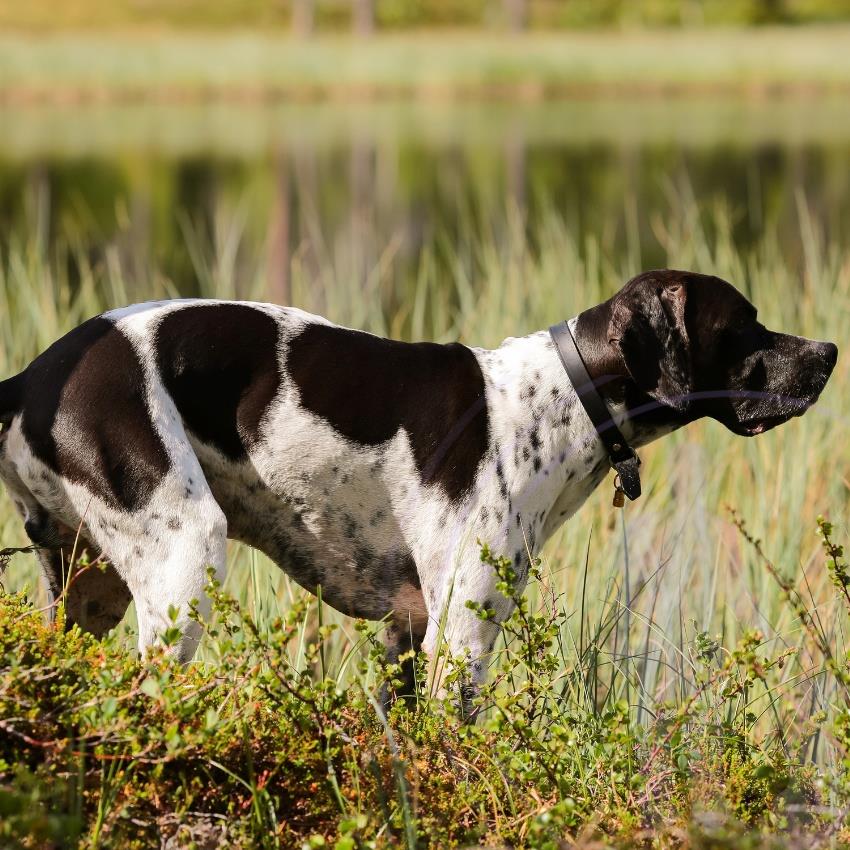
Genetic Foundation of Pointing
Pointing behavior in hunting dogs is more than a fascinating trait; it’s rooted in their genetic makeup. In this chapter, we’ll dive into the role genetics plays in shaping this behavior. We’ll explore heritability estimates from key research studies, the importance of selective breeding, and how genetic diversity impacts behavioral expression.
Heritability Estimates from Key Research Studies
Heritability is a measure of how much of a trait’s variation can be attributed to genetic differences. For pointing behavior, research has shown a high heritability estimate. This means that a large portion of a dog’s pointing ability is inherited.
Several studies have explored the heritability of pointing behavior. For example, research conducted on various hunting dog breeds revealed heritability estimates ranging from 0.4 to 0.6. This indicates that 40-60% of the variation in pointing behavior among dogs can be linked to their genetic makeup. It’s fascinating because it highlights that while training and environment play roles, genetics are the primary driver.
Role of Selective Breeding in Developing Pointing Traits
Selective breeding has been crucial in refining and enhancing pointing behaviors in hunting dogs. For centuries, breeders have selected individuals exhibiting the best pointing traits for reproduction, ensuring these qualities are passed down through generations.
Selective breeding works by choosing dogs that show a strong genetic predisposition for pointing. These dogs are then bred with others that have complementary traits. Over time, this methodual pairing sharpens the innate pointing skills in puppies, making them more reliable hunting companions.
A classic example is the development of the English Pointer. Through generations of selective breeding, this breed has become synonymous with exceptional pointing behavior. It’s a testament to how breeders’ knowledge and careful selection can mold the genetic potential of a breed.
Genetic Diversity’s Impact on Behavioral Expression
Genetic diversity refers to the range of different genes within a population. It’s essential for ensuring a healthy and adaptable breed. However, it also means that not all dogs within a breed will express pointing behavior in the same way.
A population’s genetic diversity affects how traits like pointing behavior are expressed. For instance, while one English Pointer might exhibit a textbook-perfect point, another might show a less pronounced stance. This variation is due to the different combinations of genes each individual inherits.
Maintaining genetic diversity is crucial for the overall health of a breed. Too much emphasis on specific traits can lead to inbreeding, which can increase the risk of genetic disorders. Thus, while selective breeding aims to enhance pointing behavior, it’s important to balance this with maintaining genetic diversity to ensure the breed’s long-term viability.
A Transition to Understanding Environmental Influences
While genetics lay the foundation for pointing behavior, they don’t act in isolation. The environment plays a critical role in shaping how these genetic predispositions manifest. From early socialization to field experience, various factors influence the ultimate expression of pointing traits in hunting dogs.
This interplay between genetics and environment will be explored further, shedding light on the complete picture of what makes a perfect pointer.
Molecular Genetics and Markers
The field of molecular genetics has made significant strides in understanding the underpinnings of pointing behavior in hunting dogs. As we delve into this chapter, we’ll explore how specific genetic markers are identified, the comparison between breeds, and the fascinating role of epigenetics.
Identification of Specific Genetic Markers
Genome-wide association studies (GWAS) have been instrumental in identifying the genetic markers associated with pointing behavior. These studies involve scanning entire genomes from various dogs to find genetic variations linked to specific traits. For pointing behavior, GWAS research has pinpointed several loci on different chromosomes that correlate distinctly with this innate trait.
These genetic markers are essentially sequences that occur more frequently in breeds known for their pointing capabilities. Understanding these markers allows breeders to select dogs that are more genetically predisposed to display excellent pointing behavior, thereby improving breeding programs. This targeted approach leverages the power of genetic information to produce high-quality hunting dogs.
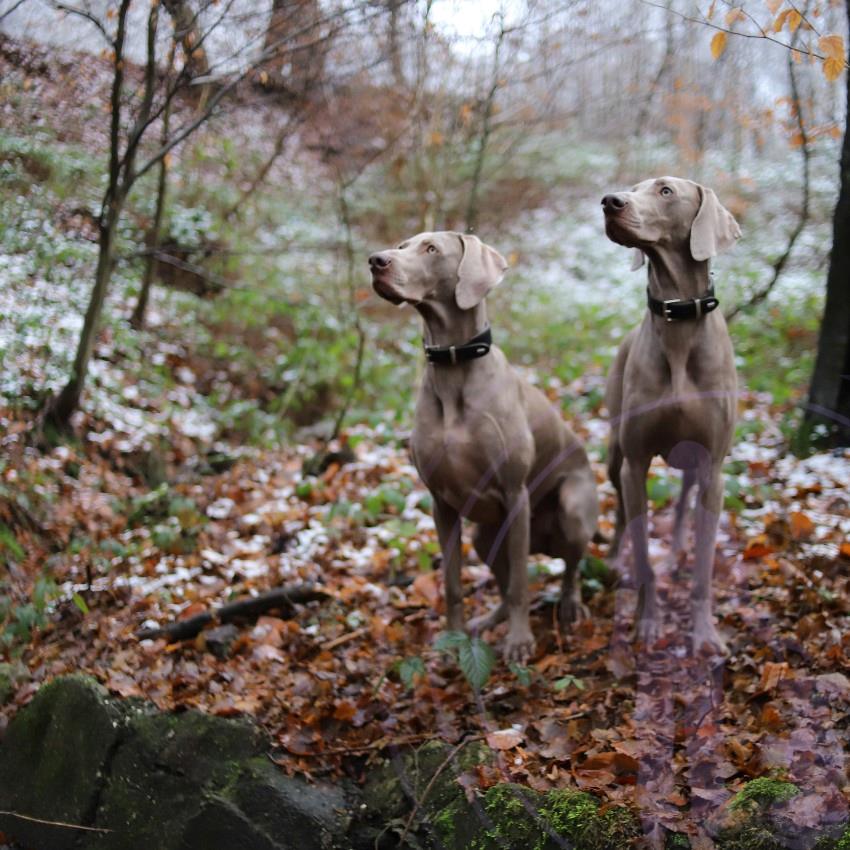
Comparison of Genetic Markers Between Pointing and Non-Pointing Breeds
When comparing pointing breeds with non-pointing breeds, GWAS studies reveal clear differences in the genetic markers. Pointing breeds such as pointers, setters, and spaniels exhibit specific markers that are absent or significantly rare in non-pointing breeds like retrievers or hounds.
For instance, a marker on chromosome 8 might be found predominantly in pointing breeds, suggesting its significant role in the ability to locate and stand still upon finding prey. Non-pointing breeds, on the other hand, may lack this marker, favoring behaviors suited to their hunting styles, such as tracking or flushing out game.
Understanding these differences provides insight into how these behaviors evolved differently across breeds and aids in the development of training protocols tailored to the genetic profile of each dog.
Role of Epigenetic Factors in Behavior Expression
While genetic markers offer a blueprint, epigenetics layers additional complexity onto how these traits are expressed. Epigenetics involves changes in gene activity without altering the DNA sequence. Factors such as environment, diet, and even the dog’s experiences can modify how genes related to pointing behavior are activated or silenced.
For example, a dog with a genetic predisposition to be an excellent pointer may not fully develop this behavior if it’s raised in an environment with little exposure to hunting scenarios. Conversely, early and consistent training can enhance the expression of beneficial traits, aligning with the genetic potential.
The interplay between genetics and epigenetics underscores the importance of a conducive environment to fully realize the genetic potential of hunting dogs. Trainers and breeders can use this knowledge to create optimal conditions that enhance desired behaviors, combining both genetic predispositions and experiential learning.
Overall, the molecular genetics of pointing in hunting dogs is a dynamic and evolving field. As we gain a deeper understanding of genetic markers and epigenetic influences, the art and science of training and breeding pointing dogs continue to advance, producing dogs that excel in the field.
This intricate dance between genetics and behavior highlights how crucial it is to look beyond the genes themselves, considering the broader picture that incorporates both innate predispositions and external influences.
Environmental Influences on Genetic Expression
Interaction Between Genetic Predisposition and Training
While genetics lay the foundation for pointing behavior in hunting dogs, training is crucial for bringing out the best in these innate traits. Training can substantially alter the expression of genetically predisposed behaviors. For instance, dogs with a strong genetic inclination towards pointing may initially exhibit raw, unfocused behaviors. However, through structured training, these instincts can be honed into precise, unwavering points.
Training utilizes positive reinforcement methods, encouraging dogs to associate the stance with exciting outcomes like the presence of game. Trainers often start with basic commands and gradually introduce the dog to more complex tasks, reinforcing the genetic predisposition towards pointing. It is a dance between nature and nurture; genetic potential sets the stage, but training directs the performance.
Impact of Early Socialization on Pointing Behavior Development
Early socialization plays a pivotal role in shaping pointing behavior. The experiences a puppy has during critical developmental windows can significantly impact how its genetic predispositions are expressed. Early exposure to various stimuli, including sights, sounds, and different terrains, helps in the healthy development of neurological pathways that underpin pointing behavior.
Notably, early introduction to bird scent and sight is essential for fostering an interest in game. Puppies exposed to these stimuli are more likely to develop strong pointing behaviors as they mature. Early socialization also includes interactions with humans and other dogs, ensuring that puppies grow into confident, well-balanced adult dogs. This confidence translates into more assured and accurate pointing in the field.
Role of Field Experience in Enhancing Genetic Potential
Field experience is the culmination of both genetic predisposition and training. In the field, dogs encounter real-world scenarios that challenge and refine their pointing abilities. Each experience in the field, from locating game to receiving feedback from the handler, adds layers of competency to the dog’s natural abilities.
Regular fieldwork exposes dogs to varied hunting conditions, enhancing their ability to point reliably under different circumstances. The environment in the field provides numerous cues and stimuli that can sharpen their instincts. For instance, varying topographies, weather conditions, and types of game encourage adaptability and fine-tuning of their innate pointing behaviors.
Ultimately, a well-trained dog with rich field experience can maximize its genetic potential, offering exceptional utility and precision in hunting activities. The interplay of genetics, training, and environmental exposure results in a symbiotic relationship that brings out the pinnacle of pointing behavior in hunting dogs.
Understanding these environmental influences on genetic expression allows breeders and trainers to cultivate the most efficient hunting companions, achieving harmony between genetic potential and learned experience. This continued exploration opens doors to even more robust breeding and training programs tailored to the unique needs and strengths of each dog.
Breed-Specific Variations
Pointing behavior is not a one-size-fits-all trait. Different breeds exhibit variations in this behavior, shaped by both their genetics and environmental influences. This chapter delves into the unique aspects of pointing behavior across different breeds, exploring how specific genetic markers and the level of variability affect these beloved hunting companions.
Comparative Analysis of Pointing Behavior Across Different Breeds
Different breeds, even though all categorized as pointing dogs, exhibit pointing behavior with unique nuances. Traditionally, English pointers, German longhaired pointers, and Weimaraners are noted for their distinct pointing behaviors.
- English Pointers: Known for their standout stance—straight tail, rigid body, and intense gaze—these dogs tend to point with a high degree of precision and calmness. Their pointing behavior is typically quick to develop and highly responsive to training.
- German Longhaired Pointers: These dogs are versatile hunters, adept at both pointing and retrieving. Their stance may be slightly more relaxed compared to English pointers, which allows for a smooth transition between finding and retrieving game.
- Weimaraners: Often referred to as “gray ghosts,” Weimaraners display a smooth, flowing posture when pointing. Their behavior is a blend of speed, grace, and adaptability, making them effective in varied terrains.
Genetic Markers Unique to Specific Pointing Breeds
The genetic markers for pointing behavior are not identical across breeds. Research through genome-wide association studies (GWAS) has revealed that certain markers are prominent in specific breeds.
- English Pointers: Variants in genes such as ADAMTSL3 and RYR3 have been found to be significantly associated with the pointing traits in English pointers. These markers contribute to their precise and steady pointing stance.
- German Longhaired Pointers: Genetic markers such as FGFR1 and IFT122 are more prevalent in developing the multifaceted hunting abilities seen in German longhaired pointers. These genetic influences contribute to their versatile movement and transition between tasks.
- Weimaraners: Distinct markers in genes like RPTOR and KIF16B have been characterized in Weimaraners, aiding their unique casting and sweeping pointing style. These markers support their adaptable hunting capacity in different environments.
Variability in Pointing Behavior Expression Among Breeds
Despite shared genetic markers, the expression of pointing behavior varies within and among breeds. Genetic diversity introduces individual variability, which can be both advantageous and challenging in breeding programs.
- Consistency and Training: While some breeds like the English pointer display more consistent pointing behavior due to their well-established genetic base, others show variability. Trainers need to adapt their methods to each dog’s aptitude, optimizing their inherent potential.
- Field Conditions: Genetic markers can predict general traits, but actual behavior can shift based on the dog’s field experience and training. Breed-specific training programs are essential to cater to these variances and help dogs reach their full potential.
- Individual Personality: Every dog, even within a breed, has its unique personality that can influence the expression of pointing behavior. This individuality needs acknowledgment during training and breeding to harness each dog’s strengths.
Understanding breed-specific variations and their genetic markers helps in developing better breeding programs and training regimes. Tailoring approaches to the unique aspects of each breed can significantly improve the effectiveness of pointing behavior, making them invaluable assets in hunting. As we continue exploring the science behind pointing behavior, the journey extends beyond genetics and into more innovative breeding techniques and ethical considerations.
Why Do Dogs Point When Hunting?
Pointing behavior in hunting dogs is a fascinating and highly valued trait that has been honed through generations of selective breeding. But why do dogs point when hunting? This behavior is deeply rooted in their genetic makeup, serving as an instinctual mechanism to aid hunters in locating game birds. When a dog points, it adopts a specific stance—often with one paw raised and its nose directed towards the prey—indicating the presence of game without startling it. This allows hunters to approach stealthily and prepare for a successful capture. The genetic basis for pointing behavior is significant, with studies showing that certain breeds possess specific genetic markers that predispose them to this behavior. These markers are more prevalent in pointing breeds such as pointers, setters, and spaniels, which have been selectively bred for their ability to locate and indicate game birds effectively. The presence of these genetic markers ensures that these breeds naturally exhibit pointing behavior, making them exceptional hunting companions. Moreover, the pointing behavior is not just about genetics; it also involves a complex interplay between innate predispositions and environmental influences. Training and field experience play crucial roles in refining and enhancing this behavior. While genetics provide the foundation, exposure to hunting scenarios and structured training help dogs develop precise and reliable pointing skills. This combination of genetic predisposition and learned experience results in hunting dogs that excel in the field, offering invaluable assistance to hunters.
Future Implications and Research
Emerging Trends in Genetic Research for Hunting Dogs
As we look to the future of genetic research in hunting dogs, it’s evident that advances in technology and a deeper understanding of genetic mechanisms are pivotal. Current trends indicate a move towards more sophisticated genetic testing methods, such as whole genome sequencing (WGS), enabling researchers to identify even the most subtle genetic variations that could influence pointing behavior. These advancements allow for a better understanding of complex traits and behaviors, including potential new markers that were previously undetectable.
Epigenetics is another promising field, emphasizing how environmental factors affect gene expression without altering the DNA sequence. This area could provide insights into how training, diet, and early socialization shape pointing behavior, making it possible to optimize these factors for better performance.
Potential Applications in Breeding Programs

The translation of genetic research into practical applications for breeding programs holds immense potential. By leveraging the insights gained from genetic studies, breeders can make more informed decisions when selecting dogs for mating, prioritizing those with the most desirable traits for pointing. This can lead to the development of lineage with consistent and enhanced pointing abilities.
Moreover, genetic testing can help identify carriers of undesirable traits or health conditions, reducing the occurrence of such issues in future generations. This proactive approach, combined with selective breeding, promotes a healthier and more capable population of hunting dogs.
Ethical Considerations in Genetic Selection
With great power comes great responsibility. The ability to manipulate genetic outcomes underscores the need for ethical considerations in breeding practices. It is essential to strike a balance between improving performance traits and maintaining the overall health and well-being of the dogs.
Overemphasis on specific traits, such as pointing behavior, may lead to unintended consequences, including the propagation of genetic disorders. Therefore, transparency in breeding practices and adherence to ethical guidelines are crucial. Breeders should aim for a holistic approach, ensuring that their practices foster the overall health, genetic diversity, and welfare of the dogs.
As we continue to harness the power of genetic research, it’s clear that a thoughtful and balanced approach is necessary. By blending advanced scientific knowledge with ethical breeding practices, the future of hunting dogs looks promising.
The exploration of breed-specific genetic markers, identification of genetic markers through GWAS studies, and understanding epigenetic factors all pave the way for enhancing the effectiveness of hunting dogs.

